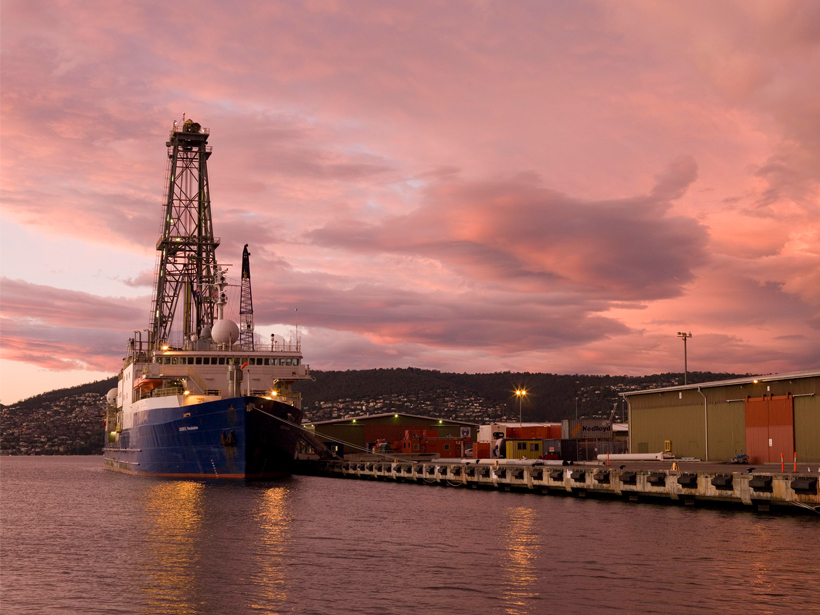Source: Journal of Geophysical Research: Solid Earth
Understanding the nature of sedimentary rock deposits in the Australian-Antarctic Basin is crucial for learning how oceanographic conditions evolved as Earth transitioned from a warm and humid Late Cretaceous “greenhouse” to a cool and dry Cenozoic “icehouse” world. Yet unraveling the tectonic, climatic, and oceanographic history of this basin, which began rifting in the Middle to Late Jurassic roughly 165 million years ago, has been challenging because of a paucity of data as well as varying interpretations of each margin.
Now Sauermilch et al. have, for the first time, collated all available data to construct a unified seismostratigraphic framework for the Australian-Antarctic Basin. The team’s extensive data set includes more than 500 seismic reflection lines collected across the region, some of which have only recently become available through the Scientific Committee on Antarctic Research, as well as newly obtained data about marine sedimentary rocks from offshore drilling efforts.
The compilation indicates that prior to the start of Antarctic glaciation about 34 million years ago, both margins of the basin experienced similar patterns of sedimentation and thus share three key sedimentary units that are similar in both thickness and structure. They include a unit deposited between the Late Cretaceous and mid-Paleocene (about 94 million to 58 million years ago), when sedimentation along both margins was dominated by large river systems that formed offshore delta deposits up to 5 kilometers thick in the still-narrow ocean basin.
Later in the sedimentary record, the presence of drift deposits along both continental rises indicates that by about 58 million years ago in the late Paleocene, ocean bottom currents had begun circulating clockwise within the widening basin. The authors suggest that these currents then grew stronger and progressed eastward through the Eocene (56 million to 34 million years ago) while at the same time global cooling and increasing aridity led to a large reduction in the amount of sediment shed from both continents. These conditions ultimately led to a dearth of sediment deposition in the basin during the middle to late Eocene, as demonstrated by two large-scale hiatuses found in International Ocean Discovery Program cores from the Antarctic continental slope.
The integrated seismostratigraphic model developed in this study offers new insights into the history of the Australian-Antarctic Basin, providing new constraints on landscape evolution and ocean circulation that should be incorporated into future paleoceanographic models of the basin. (Journal of Geophysical Research: Solid Earth, https://doi.org/10.1029/2018JB016683, 2019)
—Terri Cook, Freelance Writer
Citation:
Cook, T. (2019), An integrated history of the Australian-Antarctic Basin, Eos, 100, https://doi.org/10.1029/2019EO128407. Published on 15 July 2019.
Text © 2019. The authors. CC BY-NC-ND 3.0
Except where otherwise noted, images are subject to copyright. Any reuse without express permission from the copyright owner is prohibited.

